Our current exhibit, In a Different Light: Winslow Homer & Frederic Remington, features a large 1882 painting by Homer titled Two Figures by the Sea.
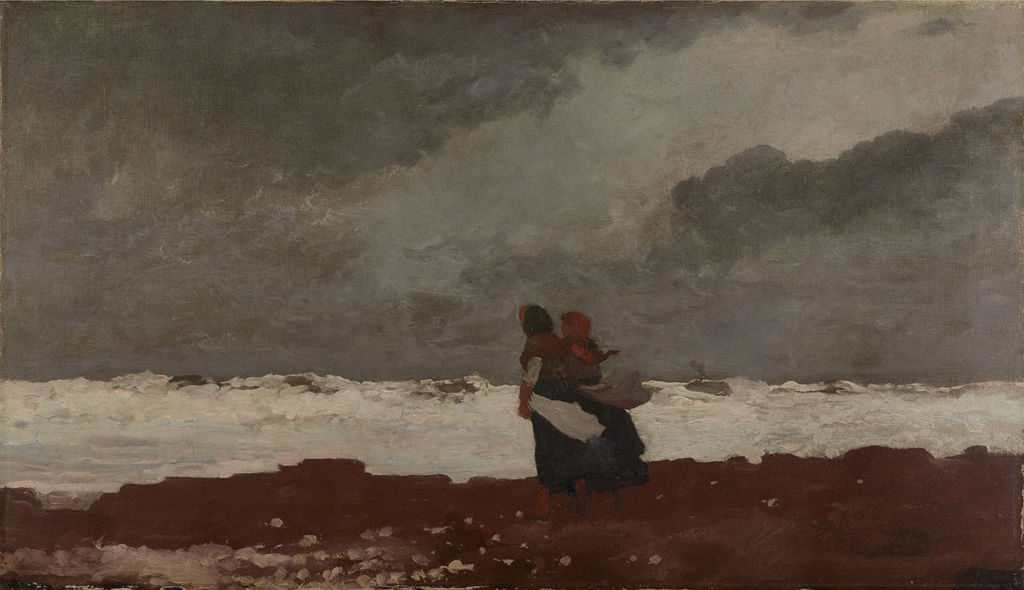
Winslow Homer (1836-1910) | Two Figures by the Sea | 1882 | Oil on canvas | Denver Art Museum | 1935.8
This sparse composition avoids direct narrative, but simply implies the consternation of the two huddled women staring out for sign of a ship in stormy waters. One of Homer’s early dramatic confrontations between man and the sea, this painting was created during the artist’s time spent in Cullercoats, England.
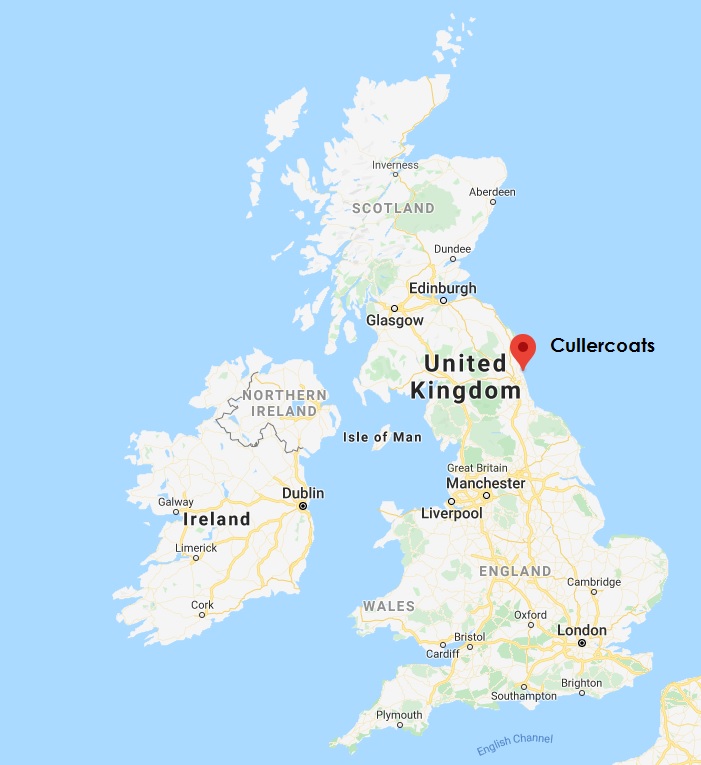
Cullercoats, England
Homer had originally travelled to England to study the work of JMW Turner, who at the time was considered to be the greatest landscape artist of his period. After completing his studies of Turner’s paintings in London, Homer traveled to the northeast coast to Cullercoats, a village with a population of around 2,000 people. Homer lived in Cullercoats for almost 2 years, from late spring of 1881 to November, 1882. The village was a popular artist colony from 1870-1920, with Homer being the most famous of the professional artists who worked there.
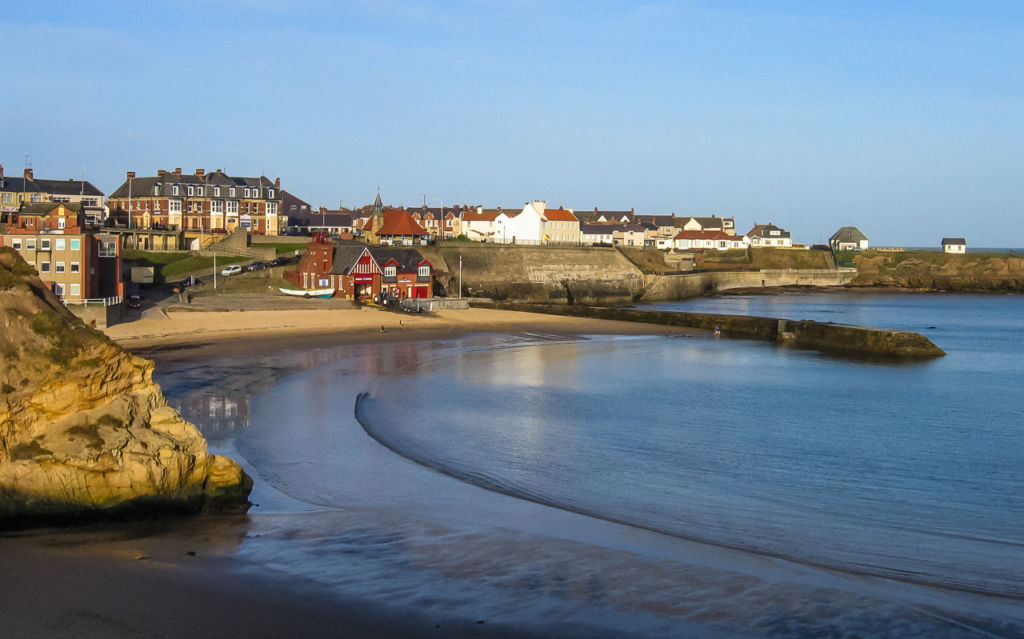
Cullercoats | 2004 | photo credit John6536
Historically, the village depended on fishing. Many of the women of Cullercoats were known as the fishwives – the wives and daughters of the fishermen. The women searched for bait, gathered mussels, hauled and cleaned fish, assisted in baiting the hooks, mended nets and were often seen carrying baskets of fish weighing up to 40lbs to the market to sell sometimes ten miles inland. The Cullercoats “fish lass” was cemented in popular culture with an 1862 music-hall song by Edward Corvan, whose plain English version would read:
I’m a Cullercoats fish-lass, so cozy and free
Brought up in a cottage close on by the sea;
And I sell fine fresh fish to poor and to rich–
Will you buy, will you buy, will you buy my fresh fish?
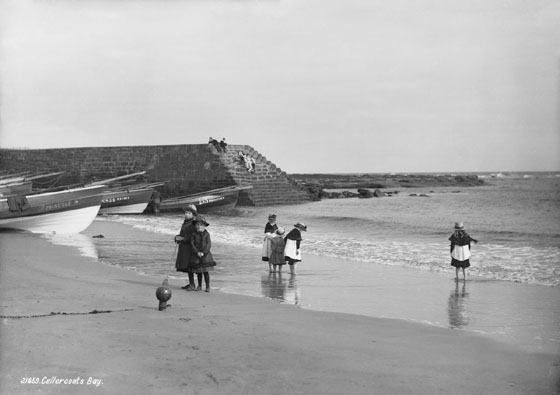
Cullercoats beach in 1888 | National Maritime Museum
Homer depicted the fishwives many times either doing their daily chores, or often standing on the shore, awaiting the return of their men. In his initial works, Homer created and recycled figure groupings in various compositions, such as the one pictured below where he reused the two women in Two Figures by the Sea in the 1883 watercolor, Fishwives. Comparison of the two works reveals that with minor changes – a lighter sky, inclusion of a third figure, and the ships sighted in the distance – the mood and character of the work changes dramatically.
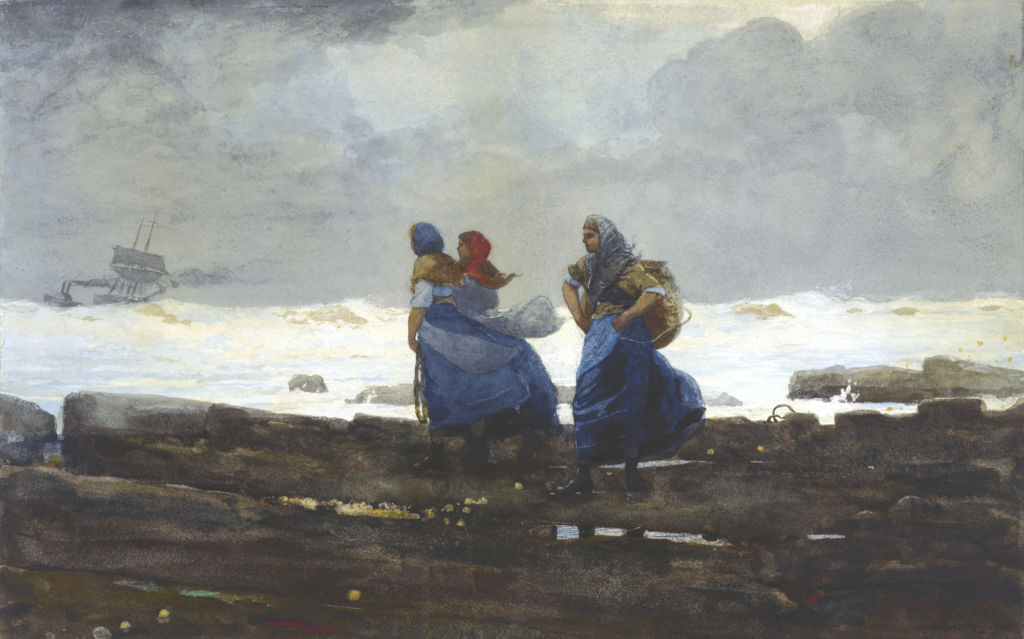
Fishwives | Winslow Homer (1836-1910) | 1883 | Watercolor on paper | Currier Museum of Art | 1938.1
The work Homer produced in Cullercoats would become the source of the major themes the artist would return to again and again for the remaining three decades of his life: man’s struggle with the forces of nature, particularly the sea.



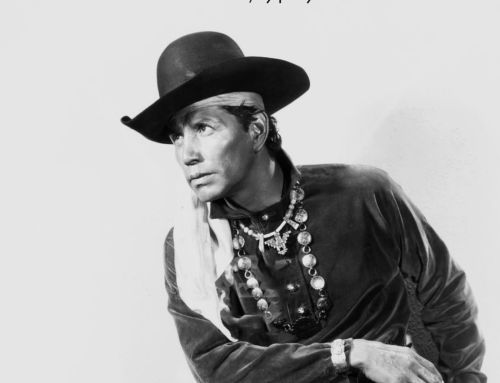
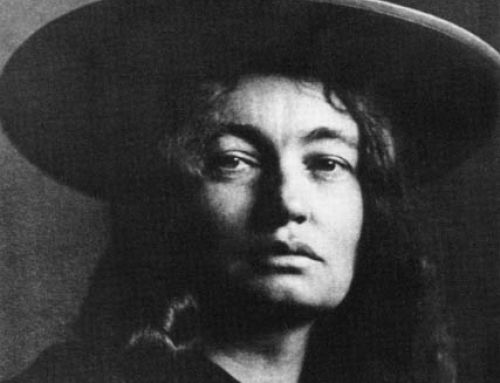
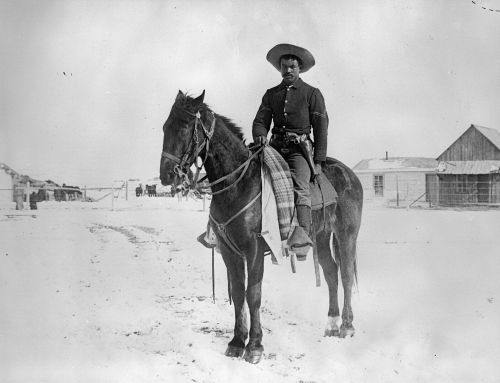
[…] return of the fishermen in stormy weather. The artworks executed around the time he worked in Cullercoats (1881-1882) are more traditional in style as he explored new themes and recycled figures for new […]